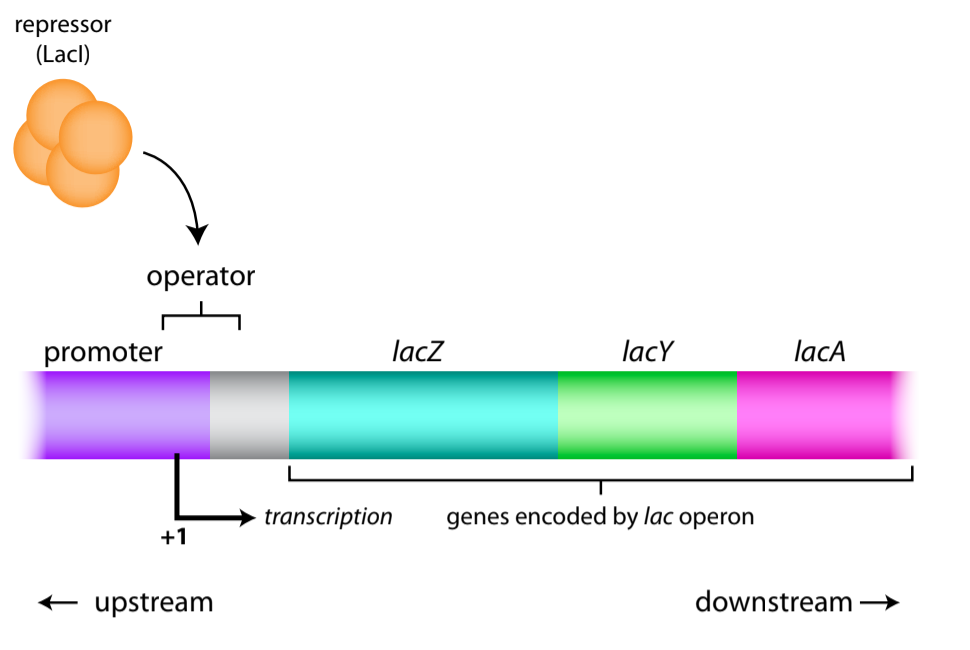Table of Contents
Introduction
The lac operon is a genetic system found in the E. coli bacteria that regulates the metabolism of lactose, a sugar found in milk. This operon is composed of three structural genes: lacZ, lacY and lacA that code for the enzymes needed to break down lactose into glucose and galactose. This is a model system that is widely used to study gene regulation in prokaryotic organisms. The study of the lac operon has contributed to the understanding of gene regulation and has led to the development of genetic engineering techniques.
Structure of the lac Operon
- The lac operon is composed of three structural genes: lacZ, lacY and lacA, a promoter region and an operator region.
- The lacZ gene codes for beta-galactosidase, an enzyme that catalyzes the hydrolysis of lactose into glucose and galactose.
- The lacY gene codes for a lactose permease, an integral membrane protein that transports lactose into the cell.
- The lacA gene codes for transacetylase, an enzyme that is not essential for lactose utilization but it modifies the permease to make it more efficient.
- The operator region is a specific DNA sequence where a repressor protein can bind and control the activity of the operon by preventing the binding of RNA polymerase to the promoter region.

Regulation of the lac Operon
This operon is regulated by the presence of lactose and the lac repressor protein. The lac repressor is a small protein that binds to the operator region, preventing the binding of RNA polymerase to the promoter and thus preventing the transcription of the operon. When lactose is present in the environment, it binds to the repressor protein causing a conformational change that prevents the repressor from binding to the operator. This allows RNA polymerase to bind to the promoter and initiate the transcription of the lac operon.
Inducers and Corepressors
The regulation of the lac operon by the repressor protein and lactose is an example of induction. Inducers are molecules that bind to a repressor protein and cause a conformational change that prevents the repressor from binding to the operator, allowing transcription to occur. In the case of the lac operon, lactose is the inducer. Corepressors are molecules that bind to a repressor protein and cause a conformational change that allows the repressor to bind to the operator, preventing transcription.


Applications
- The lac operon is widely used as a model system to study gene regulation in prokaryotic organisms.
- The understanding of the lac operon has led to the development of genetic engineering techniques and the production of recombinant proteins in bacterial systems.
- The lac operon has also been used to study the effects of mutations on gene regulation and to develop strategies for the control of gene expression in bacteria.
Conclusion
The lac operon is a model system that is widely used to study gene regulation in prokaryotic organisms. The lac operon is regulated by the presence of lactose and the lac repressor protein, which controls the activity of the operon by binding to the operator region. Understanding the lac operon has led to the development of genetic engineering techniques and the production of recombinant proteins in bacterial systems. The lac operon is a powerful tool that has contributed to the understanding of gene regulation and has led to the development of new strategies for the control of gene expression in bacteria.
